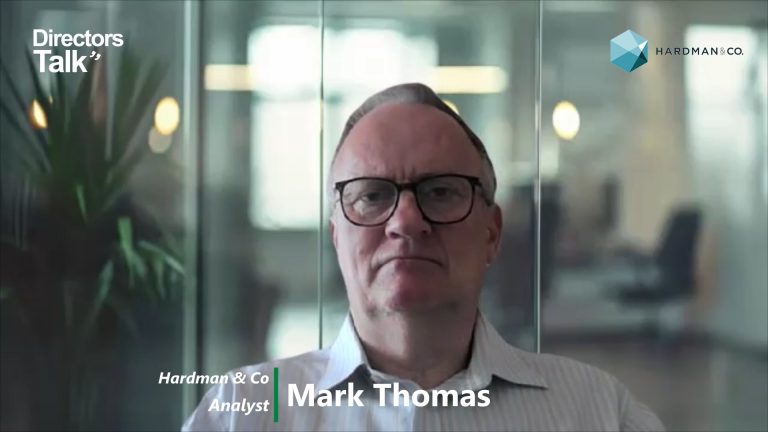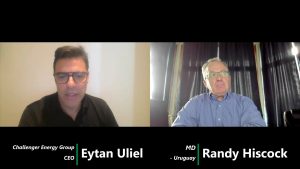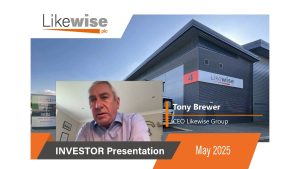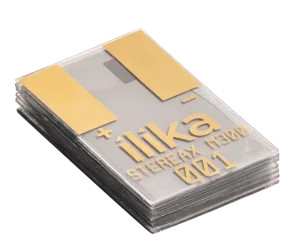In our note, ‘Re-Set, Re-Fi, Re-Light my Fire’, published on 5 May 2021, we explored how favourable market conditions mean that CLO vehicles can re-finance debt cheaply. This enhances the value of Volta Finance Ltd (LON:VTA) CLO equity positions, which have been increased substantially in recent years, and is expected to lift total returns by 1%-1.5% p.a. for several years. The higher cashflow further backs an already covered dividend, with a 2022E yield of 10.1%. With returns above the cost of the dividend, the NAV is growing (supporting further dividend growth). With income and capital growth appealing to a range of investors, the discount to NAV may narrow.
- Re-set/Re-fi opportunity: Volta Finance has already seen nine positions re-finance, at savings of 15bps-27bps. 20 positions could benefit, seeing the expected total returns rise by 1%-1.5% p.a. Where CLO debts are re-financing at lower rates, there are multi-year gains. Introducing new debt structures can see one-off gains.
- Lower-than-expected defaults: In FY’21, the rolling 12-month global default rate has been falling, and, in May, it was 1.7%. We think this is below most market forecasts for FY’21. CLO vehicles have rules and restrictions, which mean their defaults have typically been around half the wider market average.
- Valuation: Volta trades at a double discount: its share price is at a 16% discount to NAV, and we believe its mark-to-market NAV includes a further sentiment-driven discount (5%-10%) to the present value of expected cashflows. Volta targets an 8% of NAV dividend (10.1% 2022E yield on current share price).
- Risks: Credit risk is a key sensitivity. We examined the valuation of assets, highlighting the multiple controls to ensure its validity, in our initiation note, in September 2018. The NAV is exposed to sentiment towards its own and underlying markets. Volta’s long $ position is only partially hedged.
- Investment summary: Volta Finance is an investment for sophisticated investors, as there could be sentiment-driven share price volatility. Long-term returns have been good: ca.8.5% p.a. (dividend-re-invested basis) since initiation. With above-average returns on recent re-investments, the portfolio’s past six-month cashflow (annualised) yield is 18.0%. We expect 1.6x adjusted and 1.8x statutory dividend cover in 2022E.












































